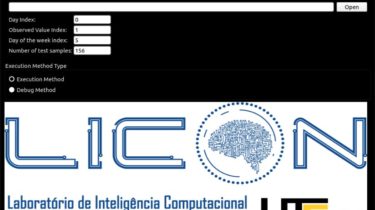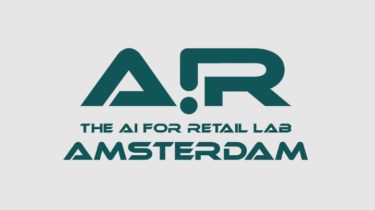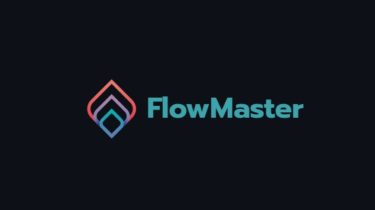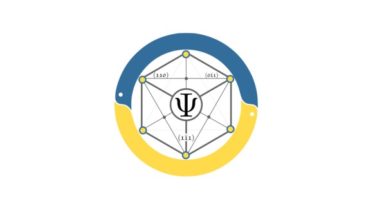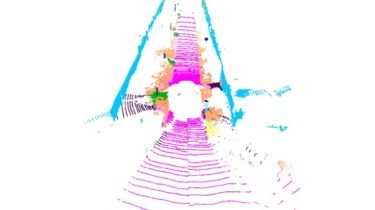Framework that uses artificial intelligence applied to mathematical models to make predictions
LiconIA Framework that uses artificial intelligence applied to mathematical models to make predictions Requirements Python 3.6 or superior (sudo apt-get install python3.6 under Linux)Python virtual environment (sudo apt-get install python3.6-venv under Linux) Development and Tests Installing the package Start by creating a new virtual environment for your project. Next, update the packages pip and setuptools to the latest version. Then install the package itself. $ sudo apt-get install python3-tk $ /usr/bin/python3.6 -m venv –prompt=”LiconIA” venv $ source venv/bin/activate (LiconIA) $ […]
Read more